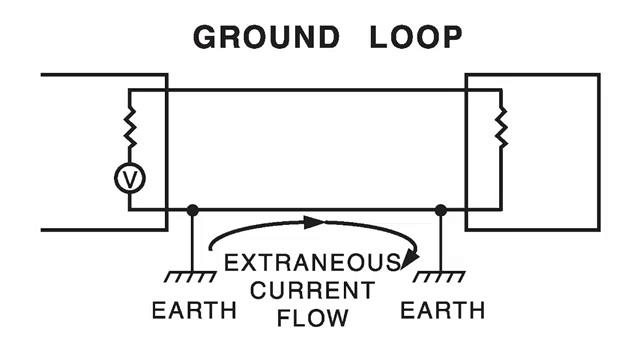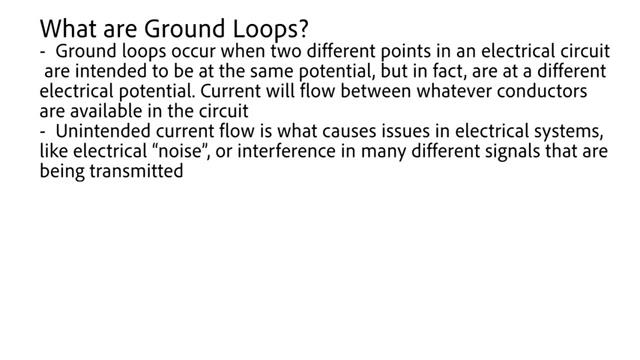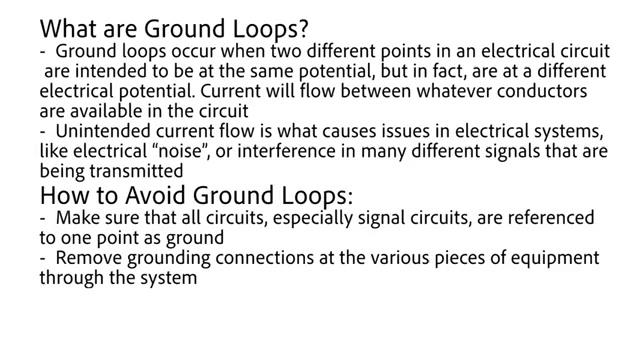Ground_Loops_Grounding_Series_(Part_6).pdf
Transcript:
[0m:4s] Hi I'm Josh Bloom, welcome to another video in the RSP Supply education series. If you find that these videos are helpful to you, it certainly helps us out if you could give us a big thumbs up and subscribe to our channel.
[0m:15s] In today's video we are going to continue on in our series talking about electrical grounding.
[0m:21s] In our last video, we talked about grounding conductors and any current that might exist on those conductors.
[0m:27s] If you have not already seen that video or any of the other videos in this series, we will link them in the description below. For the purpose of this video, we want to talk about ground loops. More specifically, we want to talk about what ground loops are and how they are formed.
[0m:44s] We hope that by the end of this video, you will have a better understanding of this topic as well as how to avoid ground loops in your electrical systems, and also what you might do in the event you encounter ground loops. According to the IEEE standards, in an electrical system, a ground loop or earth loop occurs when two points of a circuit, both intended to be at ground reference potential, have a potential between them. This means that two different points in an electrical circuit are intended to be at this same potential, but in fact are at different electrical potentials, which will cause current to flow between them. This current will flow through whatever conductors are available in the circuit.
[1m:32s] This unintended current flow is what causes issues in many electrical systems and is why we try to avoid ground loops wherever possible.
[1m:41s] Ground loops can cause many issues such as electrical noise or interference in many different signals that are being transmitted to or from various components in electrical systems. When dealing with high voltage or high current situations at different frequencies, it is not uncommon to see different ground points within the system to be at a different potential from one another.
[2m:6s] When this equipment is referencing the earth at two different points at a facility, this has the possibility of creating a steady state ground loop, or in other words, a scenario where current is constantly flowing between the two points.

[2m:23s] It is important that as we are installing various electrical systems that steps be taken to avoid these types of problems.
[2m:32s] Ground loops are especially prevalent in signal circuits.
[2m:36s] In order to assist in avoiding ground loops, it is a good idea to make sure that all circuits, especially signal circuits, are referenced at one point to ground.

[2m:47s] It can also be effective to remove grounding connections at the various pieces of equipment through the system, then bond these pieces of equipment and use one point of ground, which can assist in reducing grounding loops. However, make sure that if these types of connections are removed that you implement proper grounding techniques to make sure that they still have a path to ground through a single point.

[3m:14s] If proper steps are taken when planning and designing an electrical system, ground loops can be avoided in most cases.
[3m:23s] When troubleshooting electrical issues and ground loops are encountered, most of the time, they can very easily be remedied if you understand what can cause the ground loop and also understand the different solutions that may be needed to fix the problem.
[3m:38s] For a full line of electrical grounding equipment and thousands of other products, please go to our website. For more information or other educational videos, go to RSPSupply.com, the Internet's top source for industrial hardware. Also, don't forget: like and subscribe.




